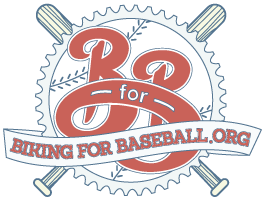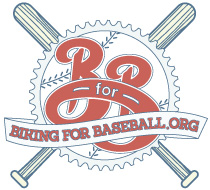You down with BABIP? Yeah you know me!
BABIP.
What the hell is BABIP? Well, it’s an acronym used for an advanced baseball statistic that us stat-heads like to throw around now and then.
So, what does it stand for? It stands for Batting Average on Balls in Play, and simply put, it measures how many of a batter’s balls in play go for hits. This differs from batting average because batting average measures how many hits a player gets per at bat. A player’s BABIP is not affected by batting average, but batting average can be greatly affected by BABIP

There are 3 main factors that determine BABIP. First is defense. This can be seen on a daily basis. Say a hitter makes solid contact and either; an elite defensive player makes a Sportscenter play to record an out that wouldn’t have been made by a lesser defender, or the batter consistently hits directly into a shift. It’s very clear that the defense plays a huge role in how many balls in play go for hits.
There’s more to it than defense though. Luck is a factor that a lot of people mention when discussing BABIP. Sometimes hitters get fooled on a pitch but make weak contact that falls in for a hit. Or luck can turn opposite for the hitter like the Sportscenter highlight we already mentioned.
Lastly, talent level is the other determinant of BABIP. The more skill a player has, the more power the ball is hit with or better placement of balls in play. In general, the harder the ball is hit, the more likely it is to fall for a hit. All players go through hot or cold streaks throughout a season and career where they are making solid contact consistently and increasing their BABIP or hitting with little power that the defense more easily converts to outs.
Due to the flakiness of all 3 of these factors, BABIP can dramatically affect a hitter’s batting average. If a large number of a batter’s balls in play go for hits, that can boost their batting average quite high. Similarly, if a large number of balls in play get caught, it can reduce a player’s total offensive value.
A great example of a victim of a poor BABIP this season is Eric Hosmer of the Royals. He has a career low .169 BABIP which helps to explain his ridiculously low batting average of .176. His strikeout rate is lower and his walk rate is higher than last year, but his .314 BABIP last season helped yield a .294 batting average. By all accounts he has fallen victim to luck so far this season and his BABIP should increase to more normal levels, increasing his batting average along the way.


